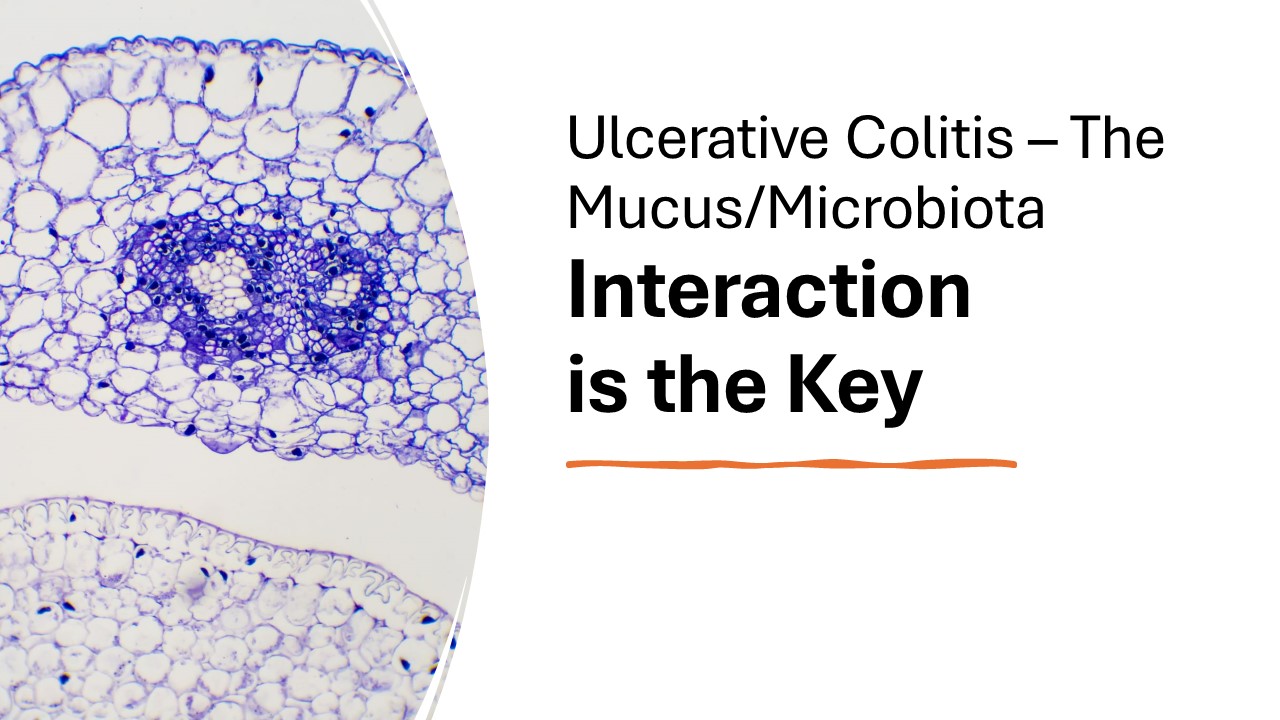Ulcerative colitis is one of two terrible diseases which make up what’s called inflammatory bowel disease (IBD). Like with so many conditions, there is a genetic component which sheds light on the disease, but does not explain the rates of occurrence and growth, as the genes only explain about 16% of UC cases. Again, lifestyle factors are absolutely crucial.
Approximately 20-30% of ulcerative colitis patients will require surgery during the course of their disease, and it’s terrible. How does the thought of losing your colon and rectum sound? Not particularly good I can imagine. Which is why in my video, I explain in detail the root cause of ulcerative colitis. Hopefully with this information, my ulcerative colitis protocol or a consultation with me, you can address your microbiome and ultimately your ulcerative colitis in time.
As always, my video touches on the key players within the microbial fingerprint for UC. It is this balance between health-promotors and opportunistic pathogens that is at the root of ulcerative colitis, as well as a laundry list of other conditions. If you’ve been watching my presentations, the names should sound familiar to you. Classic health-promotors like F prausnitzii are consistently significantly decreased in the UC microbiome, and classic opportunistic pathogens like E coli are consistently significantly increased.
This dysbiosis goes on to cause grave problems with the mucus layer, which lines the colon. It is this layer, technically two layers, which is the first line of defense. Once compromised, bad acting bacteria and proteins and peptides within the colon can now directly interact with the robust immune response awaiting any perceived threats. This chronic situation goes on to cause tissue destruction and the possible need for horrific surgeries.
My philosophy is the address the root cause. Let’s eliminate the need for pain, suffering, drugs and surgery where the rubber meets the road, or in this case where pathogens meet the enterocytes.
As the former director of medical education for a microbiome firm, and now with my own platform, I have helped many people over the years. Not only have a done a complete meta-analysis of all of the available research for ulcerative colitis and the microbiome, but I’ve also done a complete meta-analysis for all of the main prebiotics. I know which health-promotors are significantly reduced in the UC microbiome, and I know how to feed them to restore balance.
In our world as it is, we all now have to be our own health advocates. With a broken government, food and medical system, you need to take charge of your healthcare. So, educate yourself, as best you can. This is why I’ve launched my educational platform. For you. You can find my presentation entitled, “Ulcerative Colitis – The Mucus/Microbiota Interaction is the Key” in my Microbiome University tab, and also on my YouTube channel. If you have a condition or disease that you think would be well served by addressing your microbiome, you can visit the Protocols tab on my website where you can find a science-based protocol which may dramatically improve your quality of life, as they have done for many others (see my testimonials)
The references cited within this video presentation
Surgical Principles in the Treatment of Ulcerative Colitis – PubMed (nih.gov)
Circulating antibodies to milk proteins in ulcerative colitis – PubMed (nih.gov)
Mucus and the goblet cell – PubMed (nih.gov)
The gastrointestinal mucus system in health and disease – PubMed (nih.gov)
Bifidobacterium and the intestinal mucus layer – PubMed (nih.gov)
Characterizing the mucin-degrading capacity of the human gut microbiota – PubMed (nih.gov)
Slimy partners: the mucus barrier and gut microbiome in ulcerative colitis – PubMed (nih.gov)

